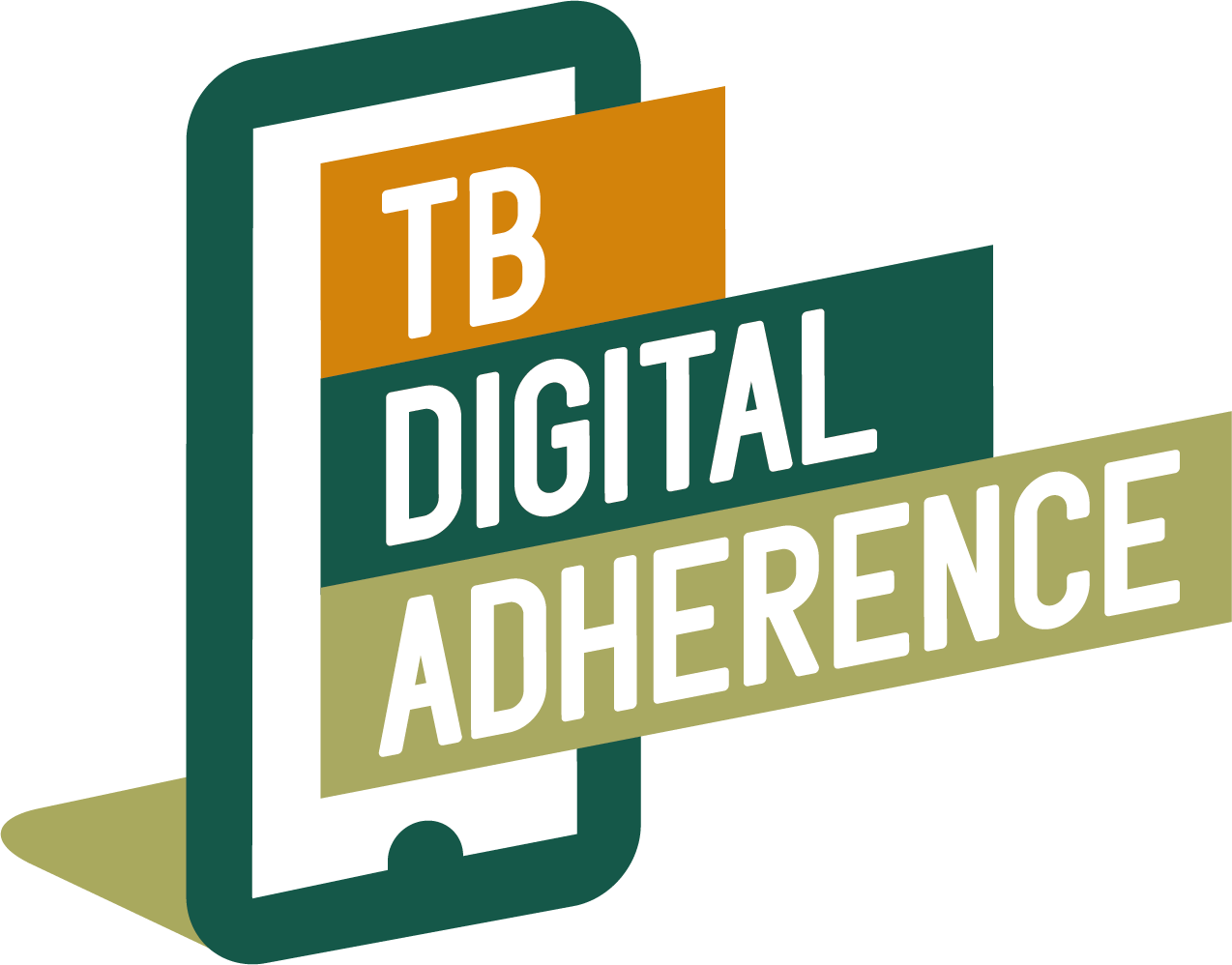Using electronic medication monitoring to guide differential management of tuberculosis patients at the community level in China
Ni Wang, Hui Zhang, Yang Zhou, Hui Jiang, Bing Dai, Miaomiao Sun, Ying Li, Amelia Kinter & Fei Huang
Background
In settings such as China, where universal implementation of directly observed therapy (DOT) is not feasible, innovative approaches are needed to support patient adherence to TB treatment. The electronic medication monitor (EMM) is one of the digital technologies recommended by the World Health Organization (WHO), but evidence from implementation studies remains sparse. In this study, we evaluated acceptance of the EMM among health care workers and patients while implementing the device for differential TB patient management at the community level.
Methods
Zhenjiang City in Jiangsu Province was purposively selected for the study. All participating patients were allowed to select their preferred management approach. If patients declined to use the EMM, DOT was offered. The EMM was designed to hold 1 month of anti-TB drugs for once-daily dosing of fixed-dose combination (FDC) tablets. Patient EMM records were monitored monthly by a physician; if 20 to 50% of doses were missed twice, or more than 50% of doses were missed once, the patient was switched to DOT. The four physicians and five nurses involved in the study at four designated hospitals were surveyed using a structured questionnaire to assess their acceptance of the EMM.
Results
From October 2017 through January 2018, 316 pulmonary TB patients were notified in the TB information management system, and 231 (73.1%) met the study enrollment criteria. Although 186 patients (80.5%) initially consented to use the EMM, 17 later refused to use it. Among the 169 patients who used the EMM, 15 (8.9%) were switched to DOT due to poor adherence, and the other 154 completed the treatment course. The median adherence rate was 99.3%. Surveyed health care workers from designated hospitals found the EMM acceptable, although eight of nine felt use of the device moderately increased their workload. However, the EMM program significantly reduced the workload of community physicians by reducing patient visits by 87.9%.
Conclusions
This study demonstrated the acceptability of using an indigenously developed EMM for differential management of TB patients at the community level. However, more operational research should be conducted before introducing and scaling the technology throughout China.
